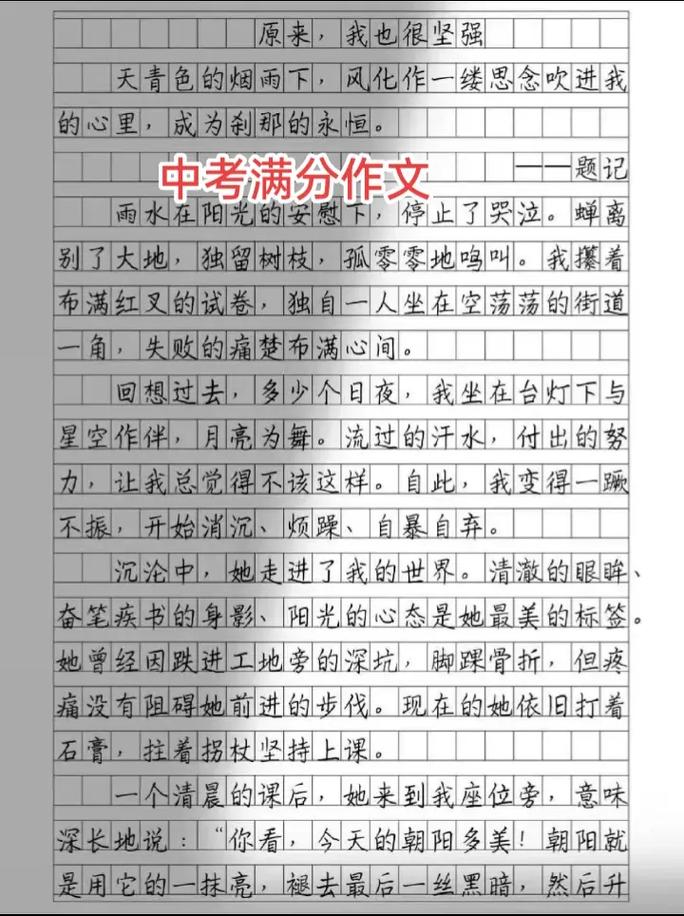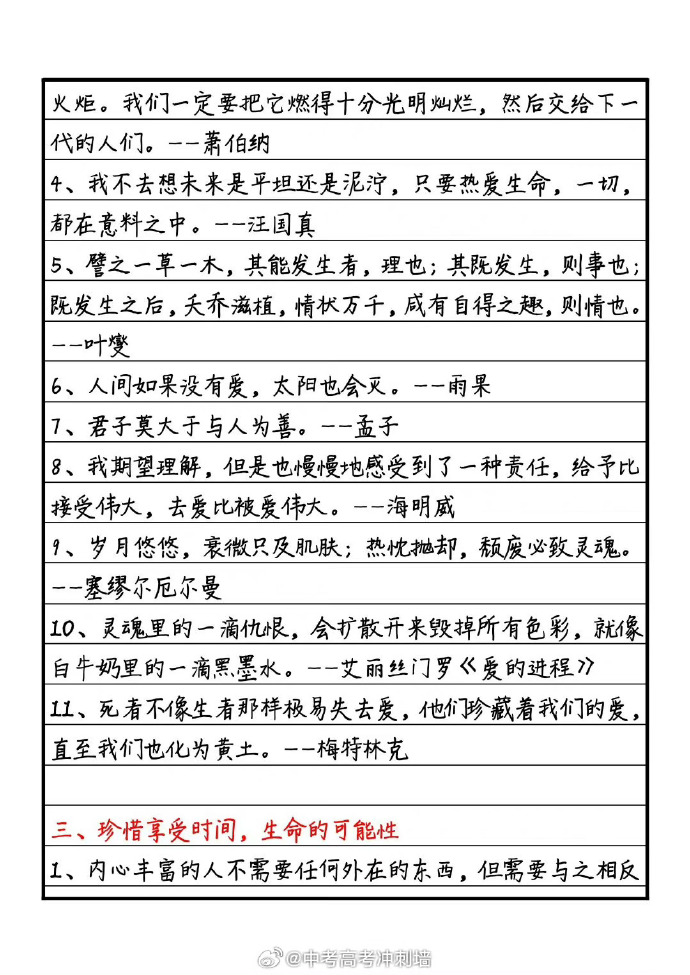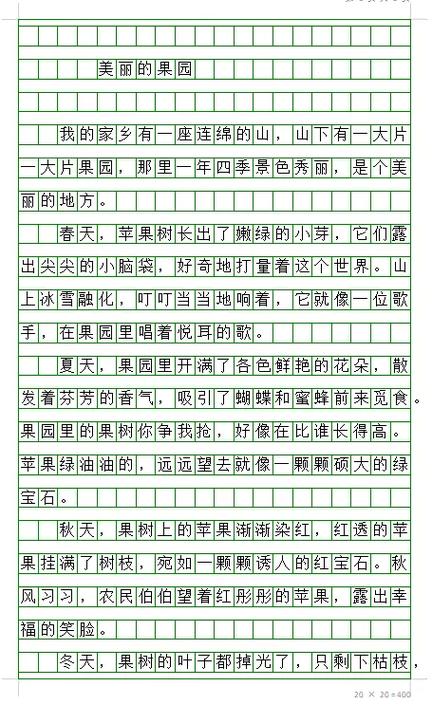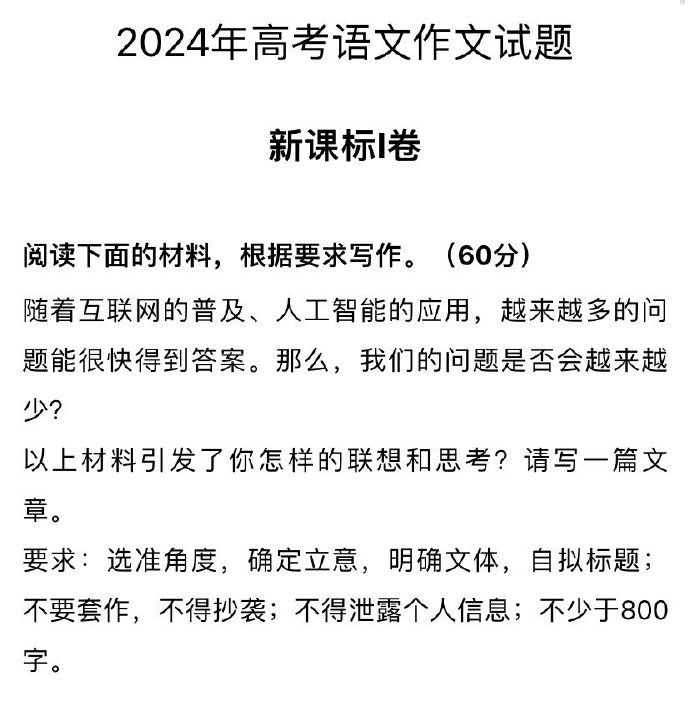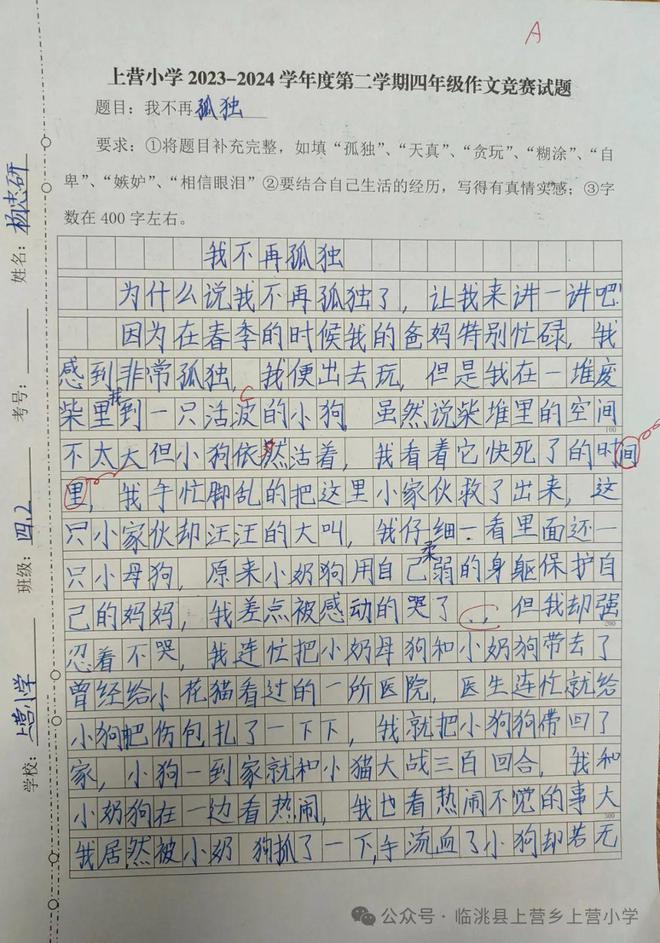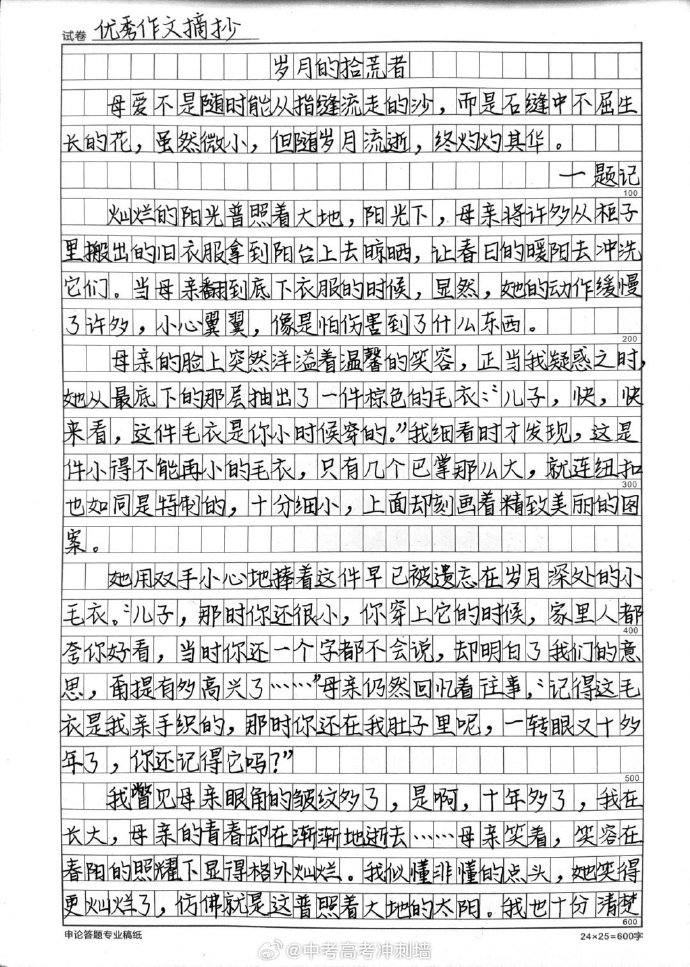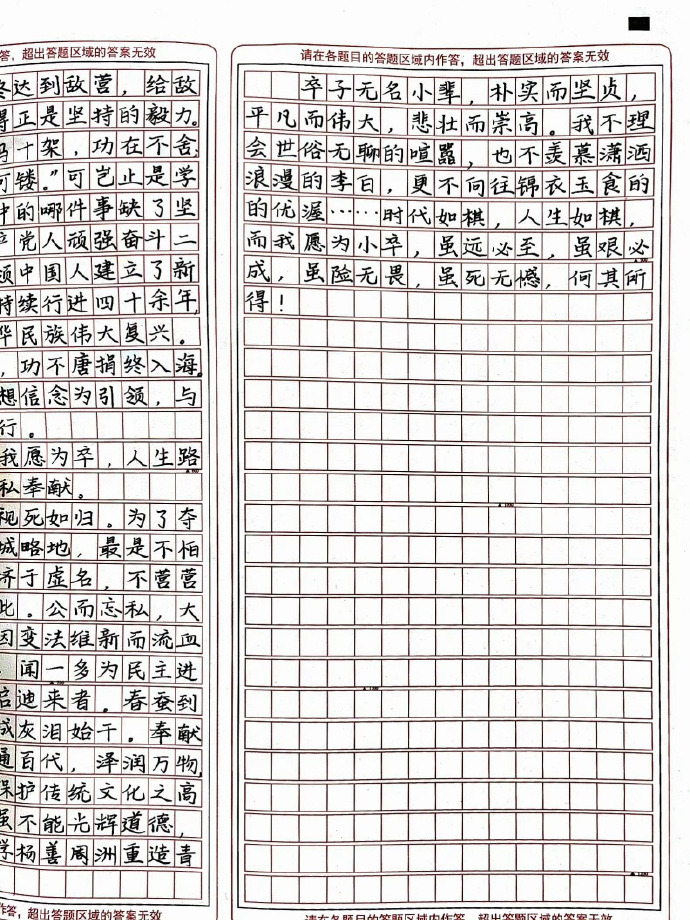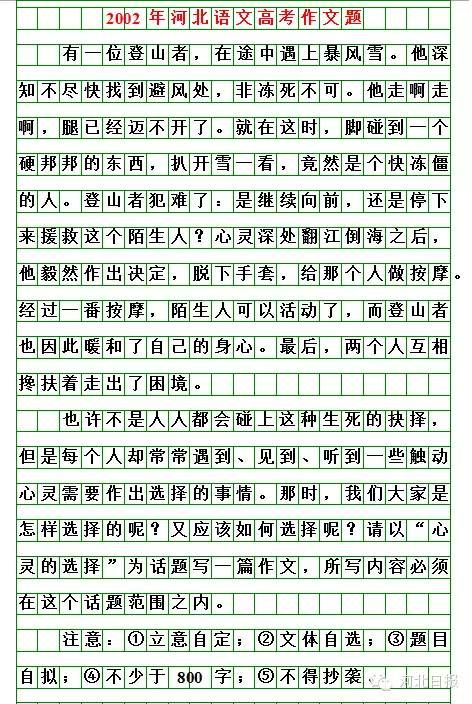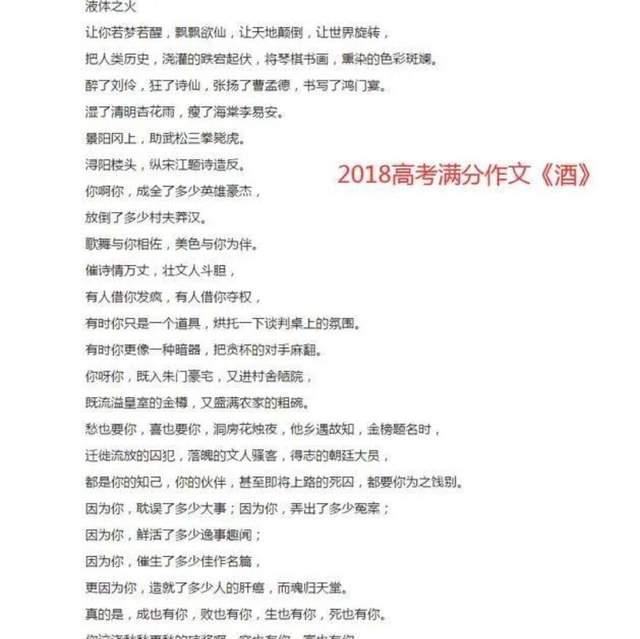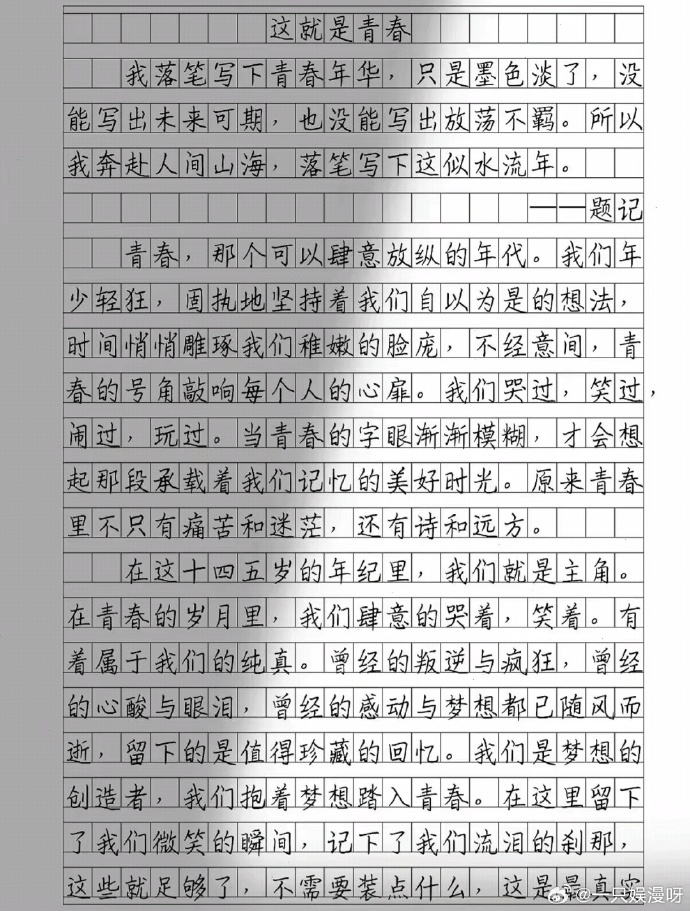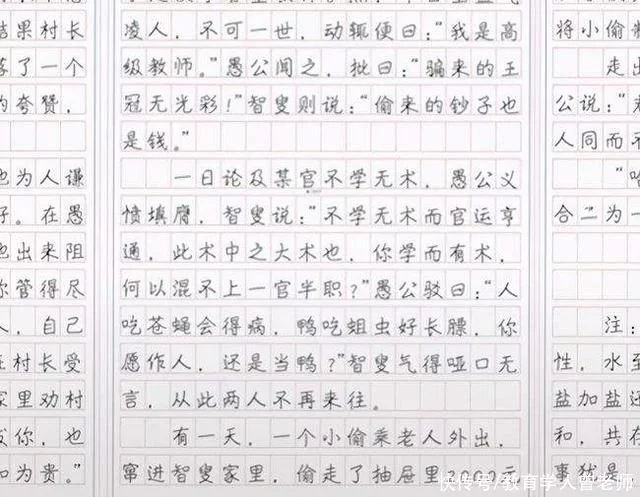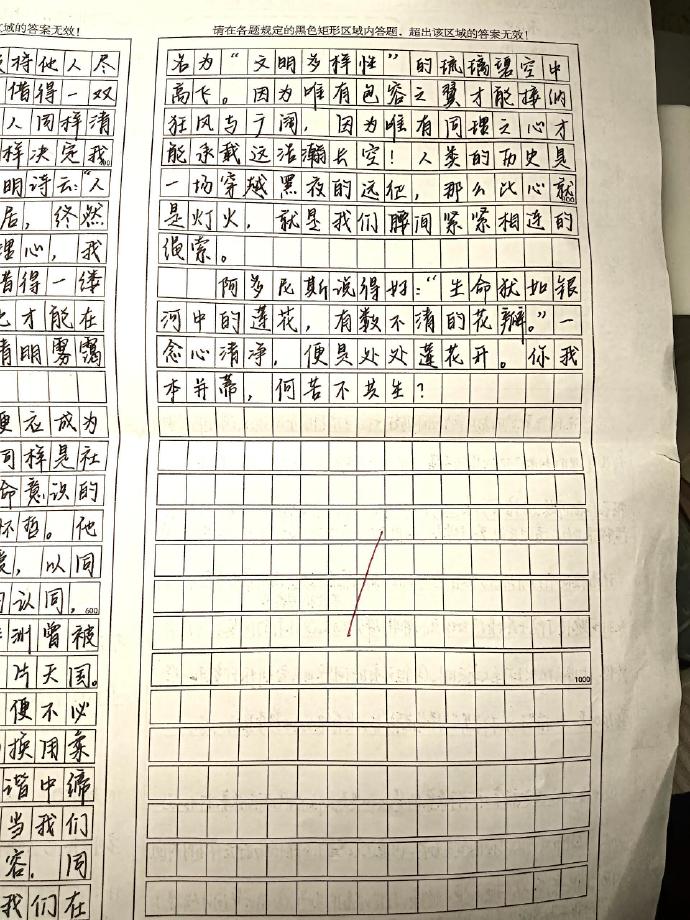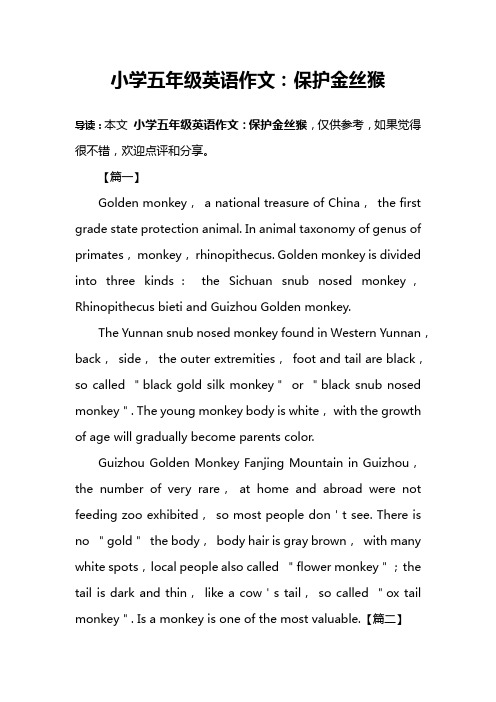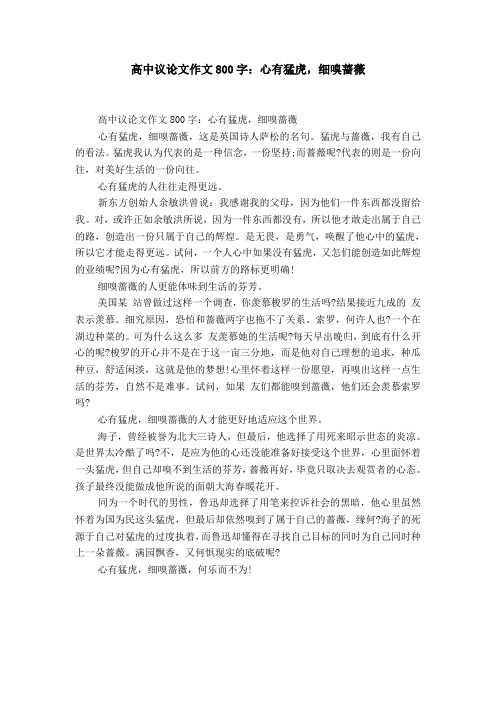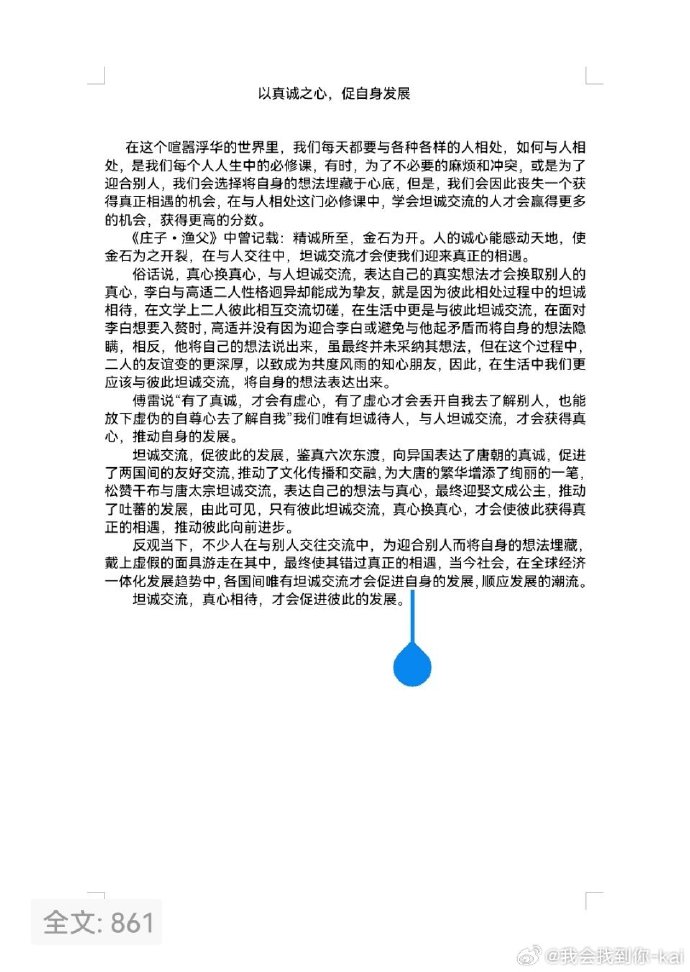Spring Festival, also known as Chinese New Year, is the most significant traditional festival in China. It is a time for family reunions, filled with various activities that carry profound cultural meanings and bring great joy to both young and old. Let's delve into the diverse Spring Festival activities and explore their essence.
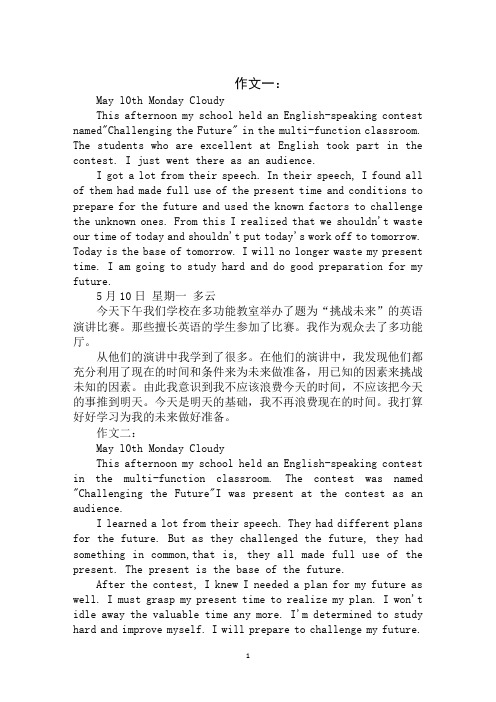
Firstly, cleaning and decorating are essential parts of the Spring Festival preparations. Families will conduct a thorough cleaning of their houses before the festival arrives, which is called "sweeping away the dust". This action symbolizes the removal of bad luck and the welcoming of good fortune for the coming year. After that, people decorate their homes with red lanterns, paper-cuttings, couplets, and spring pictures. Red is considered an auspicious color in Chinese culture, representing vitality, happiness, and good luck. For example, the couplets written on red paper usually contain auspicious words or phrases related to wealth, health, and harmony. They are pasted on the doorframes, adding a festive atmosphere to the houses.
Secondly, having a sumptuous reunion dinner on New Year's Eve is of utmost importance. All family members, no matter how far they have traveled, try to get back home for this special meal. The dinner table is laden with a variety of dishes, such as fish (which symbolizes abundance), dumplings (representing wealth and reunion), and glutinous rice cakes (meaning a prosperous year). While enjoying the food, family members share stories of their lives and express their best wishes for each other. It's not just a meal but a moment of strengthening family bonds and passing down traditions. Take the dumpling making as an example. Many families make dumplings together, with each person involved in the process of wrapping the filling with dough, creating a lively and warm atmosphere.
Thirdly, paying visits and giving gifts are common during the Spring Festival. On the first few days of the new year, people visit relatives and friends, carrying with them gifts such as fruits, snacks, or traditional handicrafts. The exchange of gifts not only shows respect and care but also helps to maintain and deepen relationships. Children are especially excited as they can receive red envelopes (hongbao) containing money from elders. This tradition is believed to bring children good luck and ward off evil spirits. It has become an integral part of the festival, spreading joy and blessings among generations. For instance, when visiting grandparents, children may present carefully chosen gifts and then happily receive red envelopes in return, their faces beaming with delight.
Finally, there are numerous folk activities during the Spring Festival. Dragon and lion dances are performed in many places, especially in southern China. These vibrant performances are thought to drive away evil spirits and bring good fortune. Fireworks displays are also a highlight, lighting up the night sky with colorful sparkles and loud explosions. People gather to watch these spectacular shows, cheering and celebrating. Additionally, temple fairs are popular attractions where various traditional arts, crafts, and snacks can be found. Visitors can enjoy local operas, puppetry shows, and participate in traditional games, immersing themselves in the rich cultural heritage. For example, at some temple fairs, there are stalls selling exquisite handmade clay figurines and delicate sugar paintings, attracting both locals and tourists.
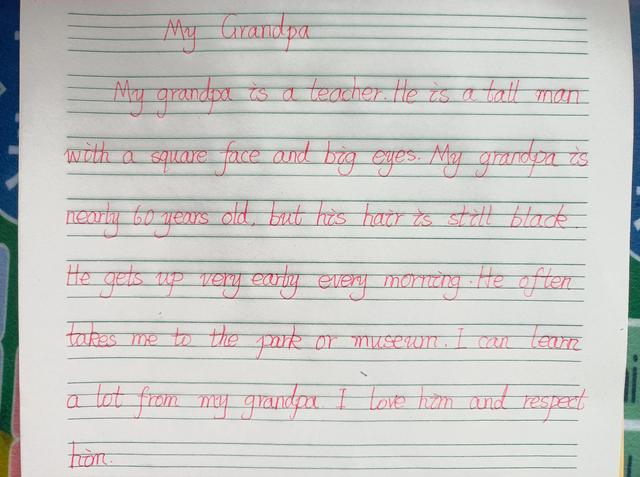
In conclusion, Spring Festival activities are a vivid reflection of Chinese traditional culture and values. They embody the themes of family unity, prosperity, and happiness. Through cleaning and decorating, reunion dinners, visits and gift exchanges, as well as folk activities, people celebrate the new year and look forward to a better future. These activities not only enrich the cultural life of the Chinese people but also serve as a bridge to spread Chinese culture to the world. As time goes by, the spirit of these activities continues to be passed down and cherished, keeping the charm of the Spring Festival alive.
推荐阅读》未经允许不得转载:» 春节活动英语作文(春节庆祝活动英语作文)

 佰一阅读网
佰一阅读网

